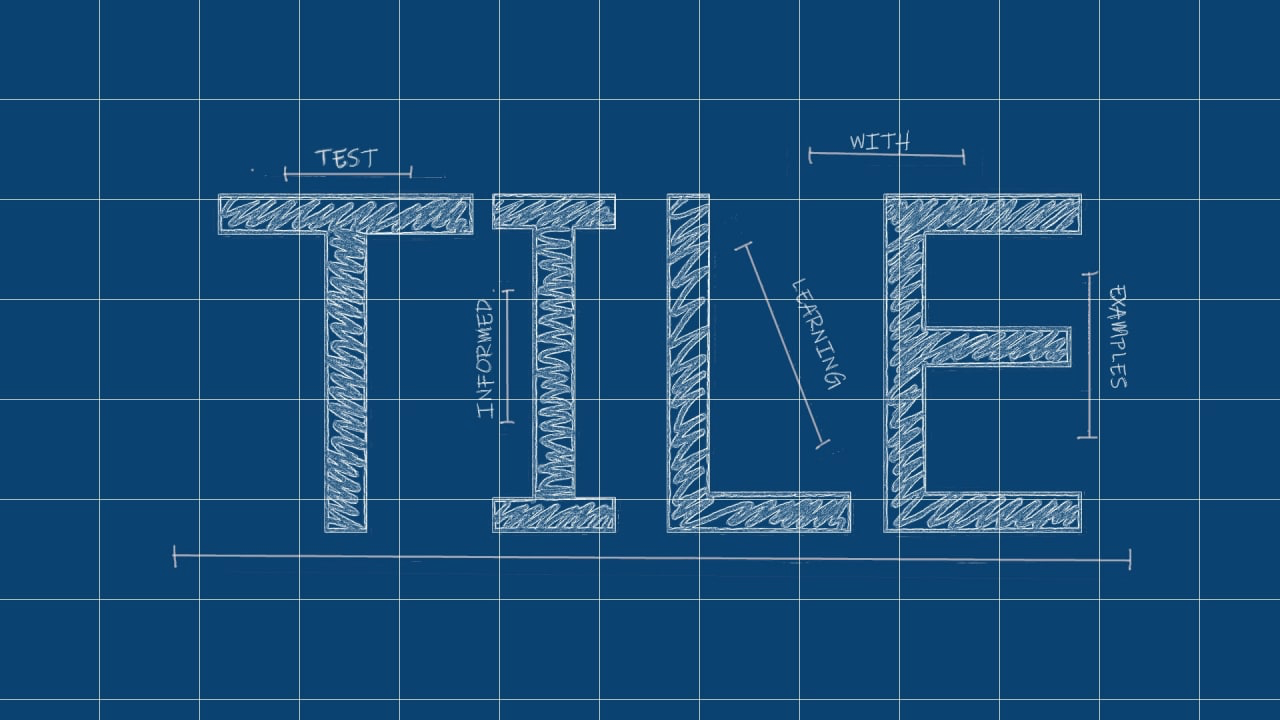Test Informed Learning with Examples

Repository with assignments using the Test Informed Learning with Examples (TILE) method to integrate testing into existing programming courses for free.
Menu
LinkedIN Community
Join our LinkedIN Community.
Cite this work
Use the following BibTeX entry to cite this work:
@INPROCEEDINGS{DVMB2023,
author={Doorn, Niels and Vos, Tanja and Marín, Beatriz and Barendsen, Erik},
booktitle={2023 IEEE Conference on Software Testing, Verification and Validation (ICST)},
title={Set the right example when teaching programming: Test Informed Learning with Examples (TILE)},
year={2023},
volume={},
number={},
pages={269-280},
doi={10.1109/ICST57152.2023.00033}
}
Simulating 1000 roles of two dices and calculating the probability percentage
In this exercise you must simulate 1000 rolls of two dice. First,
write a function called twoDice(), which simulates throwing 2
six-sided dice. Your function won’t take any parameter and will
return the total that was rolled on two dice as the only result.
Then, write a main program that uses this function to simulate the rolling of two dice 1000 times. As your program runs, you have to count the number of times each total occurs and save it to a dictionary. Then it should display a table that summarizes this data.
On the one hand you have to show the percentage expected by the probability theory for each total:
expected_probability = 2: 1/36, 3: 2/36, 4: 3/36, 5: 4/36, 6: 5/36, 7: 6/36, 8: 5/36, 9: 4/36, 10: 3/36, 11: 2/36, 12: 1/36
The frequency of each total as a percentage of the number of dice rolls made. The output is shown below.
**Total** | **Simulated Percentage** | **Expected Percentage**
-------|------------------------|---------------------
6 | 14.20 | 13.89
8 | 13.70 | 13.89
3 | 5.50 | 5.56
7 | 18.00 | 16.67
2 | 2.40 | 2.78
10 | 8.00 | 8.33
5 | 10.70 | 11.11
9 | 11.50 | 11.11
11 | 6.30 | 5.56
4 | 7.40 | 8.33
12 | 2.30 | 2.78